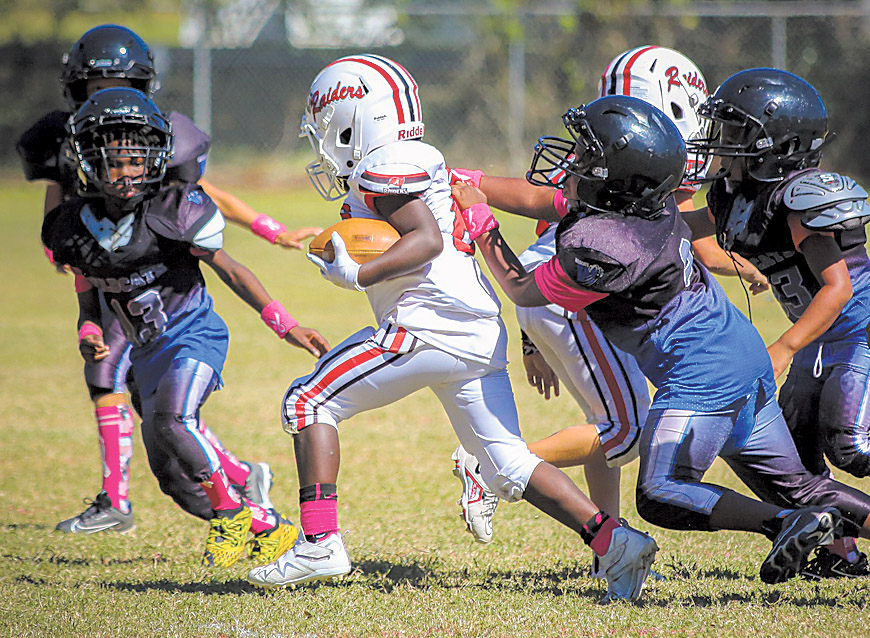TALLAHASSEE — Today, Governor Ron DeSantis announced $50 million for more than 20 statewide springs restoration projects to aid the recovery and provide additional protection for Florida’s springs. These projects work in concert with increased monitoring, enforcement, and other measures to ensure compliance with best management practices implemented under the Governor’s leadership to improve water quality across the state.
“Florida’s springs are integral to both our economy and environment,” said Governor DeSantis. “Our state is home to more large springs than any other state in the nation and they serve as a fun source of recreation for our residents and visitors to enjoy. The projects announced today continue our mission to restore and protect our water quality throughout Florida.”
“Thanks to Governor DeSantis’ leadership, DEP is engaged in a broad suite of water quality improvement efforts across the state,” said DEP Secretary Noah Valenstein. “Of particular importance to the state are those projects tied to springs restoration. This diverse selection of projects will be complemented and enhanced by Department initiatives to increase facility inspections, water quality monitoring, and enforcement.”
“Florida’s springs are among our most precious water resources,” said Chief Science Officer Dr. Tom Frazer. “They reflect the quality of our drinking water and nourish some of the most iconic surface waters in the state. The projects announced by Governor DeSantis today are intended to increase spring flows and improve water quality so that these springs systems and the resources that they support can be accessed and enjoyed by generations to come.”
Springs provide a window into Florida’s vast groundwater system and are a barometer of the condition of the state’s primary source of drinking water. DEP and four Florida water management districts have identified a broad suite of projects that include land acquisition, septic to sewer conversion, and water quality improvement efforts, intended to increase aquifer recharge, improve spring flow, and protect downstream habitats all the way to the coast.
Many of the projects will benefit ongoing restoration efforts in springsheds. These restoration efforts reflect a collaborative effort with the department, water management districts, community leaders and local stakeholders. The contributions and cooperation of these agencies and individuals have been crucial throughout the development process. Combining and leveraging resources from various agencies across Florida allows for a more efficient and comprehensive restoration effort.
The more than 20 statewide springs projects include:
Northwest Florida Water Management District:
- $1.1 million to extend central sewer service to the Tara Estates neighborhood located north of Marianna, including abandoning septic tanks proximate to the Chipola River.
“We are so excited to help carry forward Governor DeSantis and DEP’s unparalleled commitment to the long-term improvement and protection of Florida’s priceless springs and other water resources,” said Brett Cyphers, Executive Director of the Northwest Florida Water Management District. “The district, like the governor, is focused on tangible solutions and we are grateful for the opportunity to help deliver results.”
Southwest Florida Water Management District:
- A total of more than $8.3 million for projects in Marion County that will help protect Rainbow Springs, including Burkitt Road Septic to Sewer, Northwest Regional Wastewater Treatment Plant Expansion, Oak Bend I-75 Water Quality Improvement and the 180th Avenue Package Plant Abatement.
“Improving our five first-magnitude springs is a top priority for our District,” said Brian Armstrong, Executive Director of the Southwest Florida Water Management District. “Thanks to the ongoing financial support from the Governor, the Legislature and DEP for springs restoration, we are launching a new initiative to fund septic to sewer conversion projects that will reduce nutrients and improve the health of our springs.”
St. Johns River Water Management District
- $1.1 million for the Apopka West Reuse Storage Facility and Reclaimed Water Extension projectthat will provide nearly 3.48 million gallons per day of reclaimed water, benefiting Wekiwa and Rock springs.
“Protecting Florida’s springs is among our state’s highest environmental priorities,” said Dr. Ann Shortelle, Executive Director of the St. Johns River Water Management District. “The Governor’s increased focus is providing historic levels of funding to bolster district and local funds and enhancing our joint environmental initiatives. We are also grateful for FDEP’s commitment to helping us fund projects improving the health of Florida’s springs and their ecosystems.”
Suwannee River Water Management District
- A total of more than $2.3 million for the acquisition of more than 3,600 acres of land to protect springs in Columbia County Grasslands (Ichetucknee Springs), Devil's Ear Springs Recharge (Ginnie Springs Group), Santa Fe Springs and Sawdust Spring (Sawdust and Devil's Ear springs). The acquisition of these lands will help improve aquifer recharge potential, enhance recreational opportunities and protect native species.
“As Florida’s Springs Heartland, it is critical for us to focus on the health of our springs and connect with our community partners to accomplish that effort. Funding these projects will help protect and restore our natural systems,” said Hugh Thomas, Executive Director of the Suwannee River Water Management District. “Thank you to Governor DeSantis, the Legislature and Florida Department of Environmental Protection for leading this initiative to protect our water resources.”
# # #
Email editor@
alachuatoday.com
Add a comment

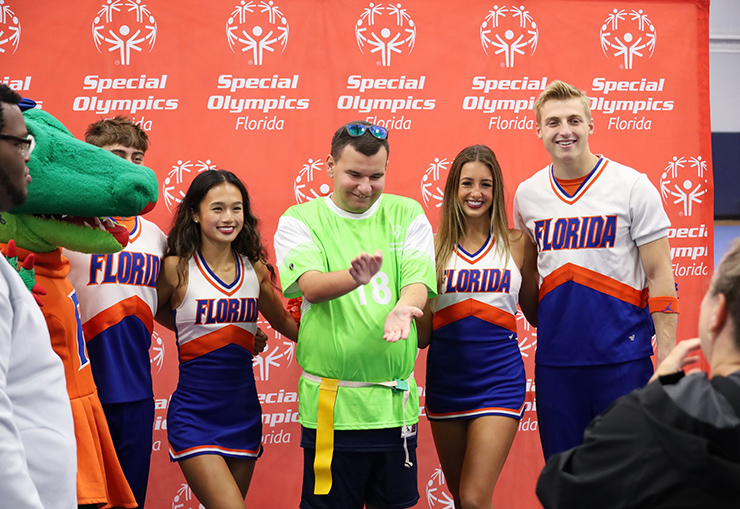
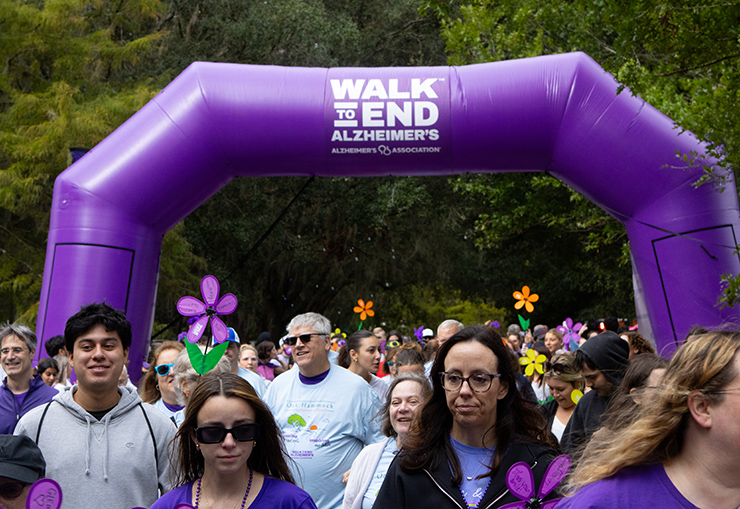


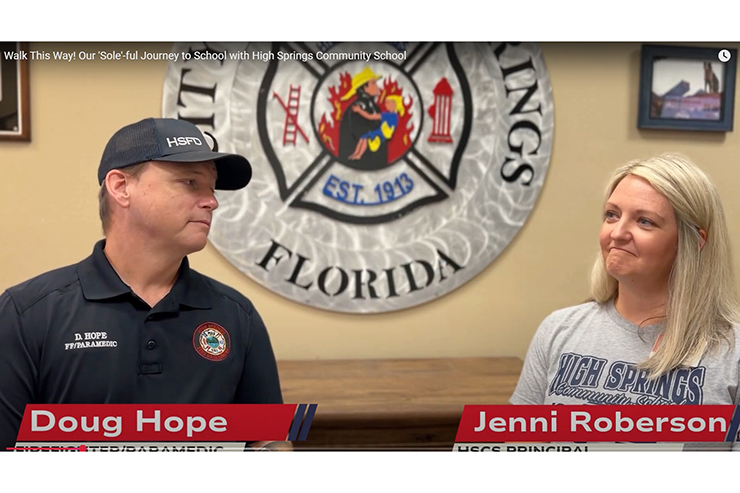

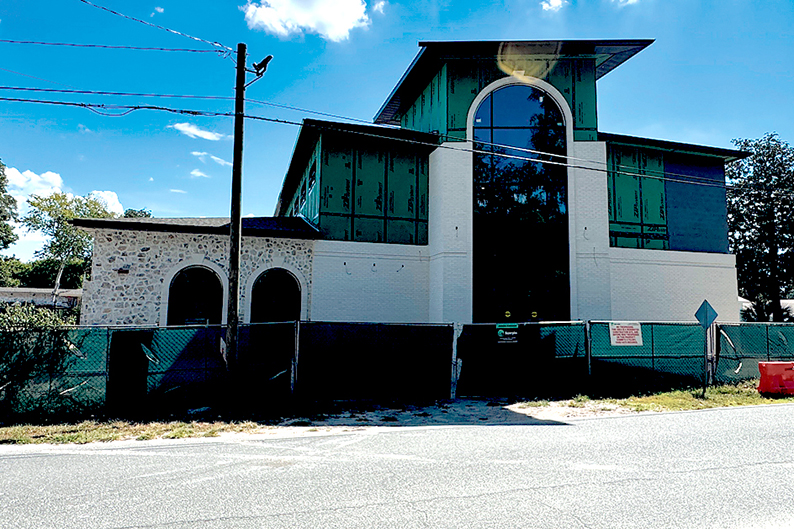
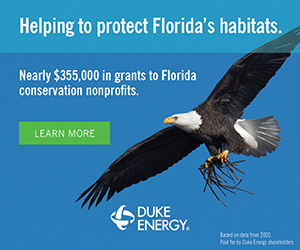
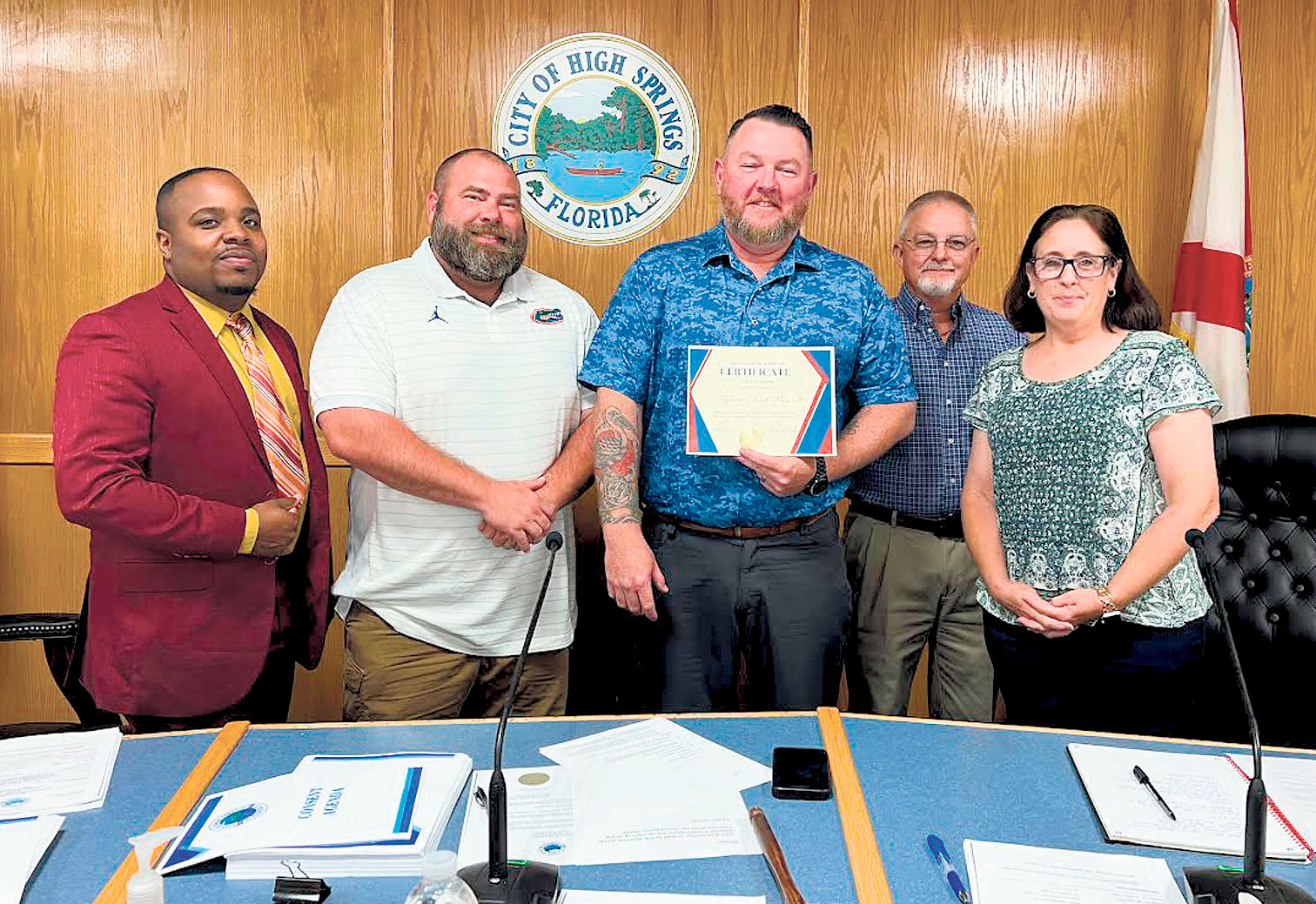
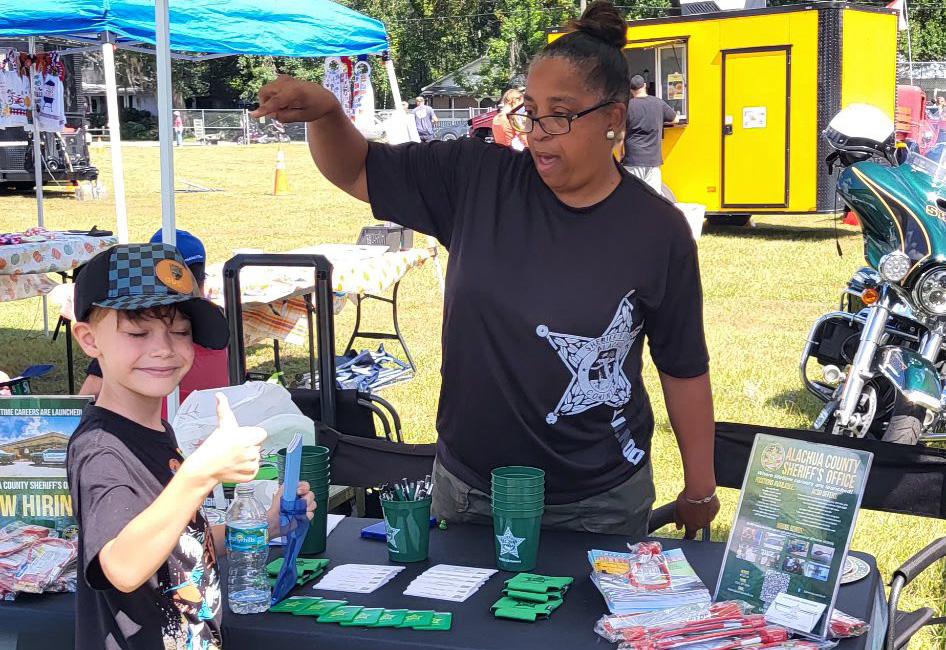

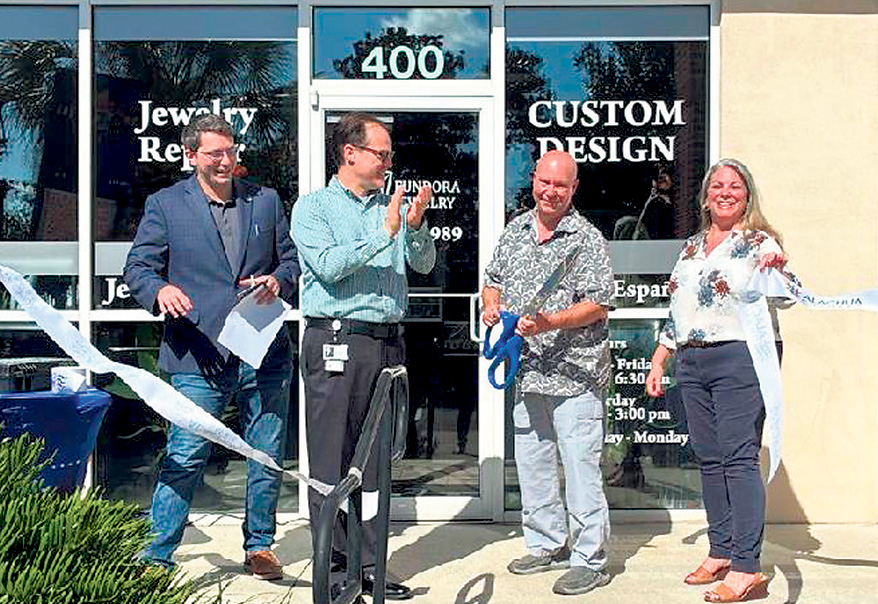
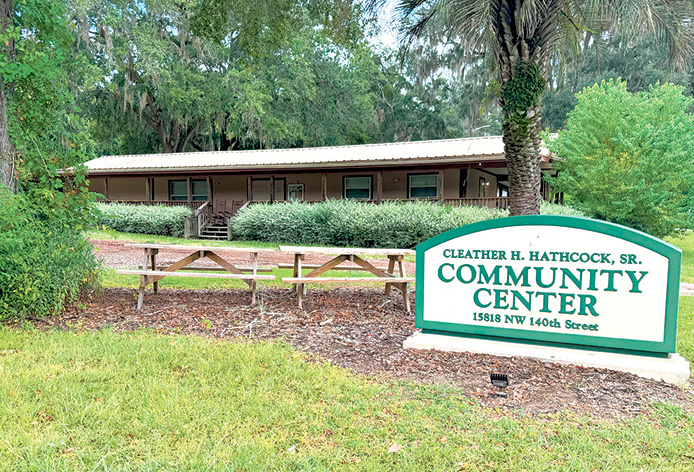
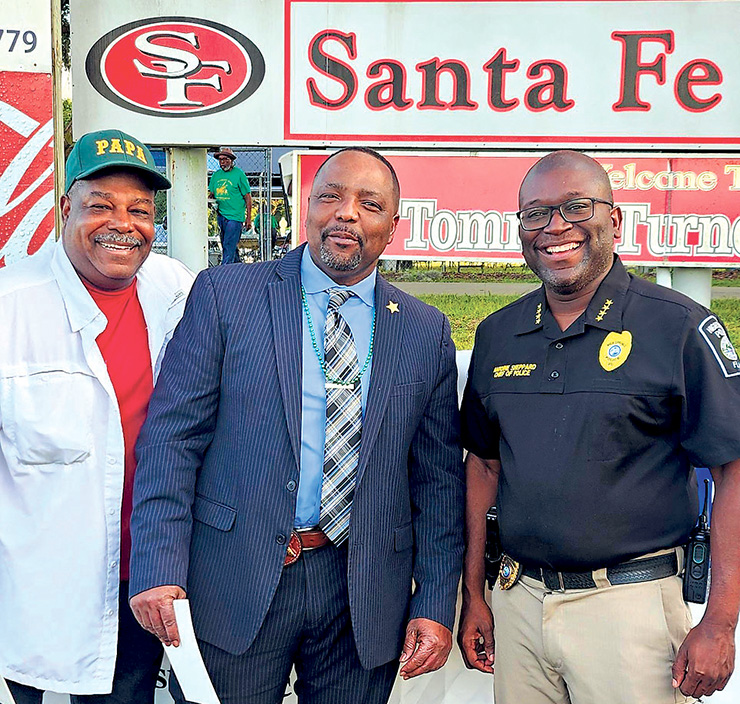
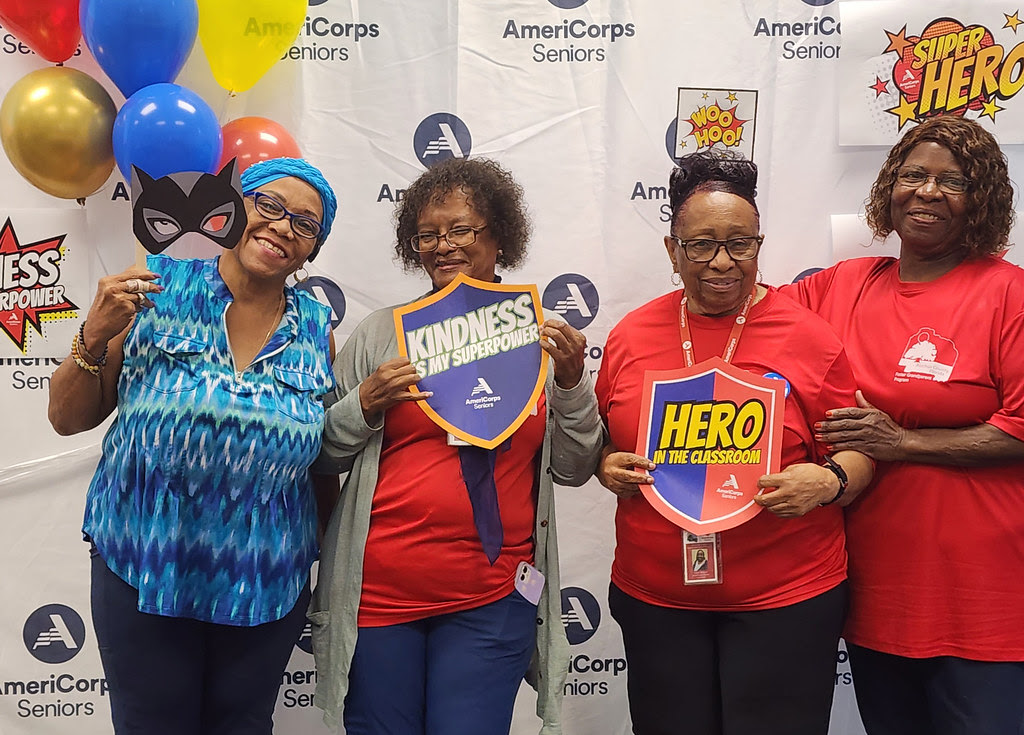

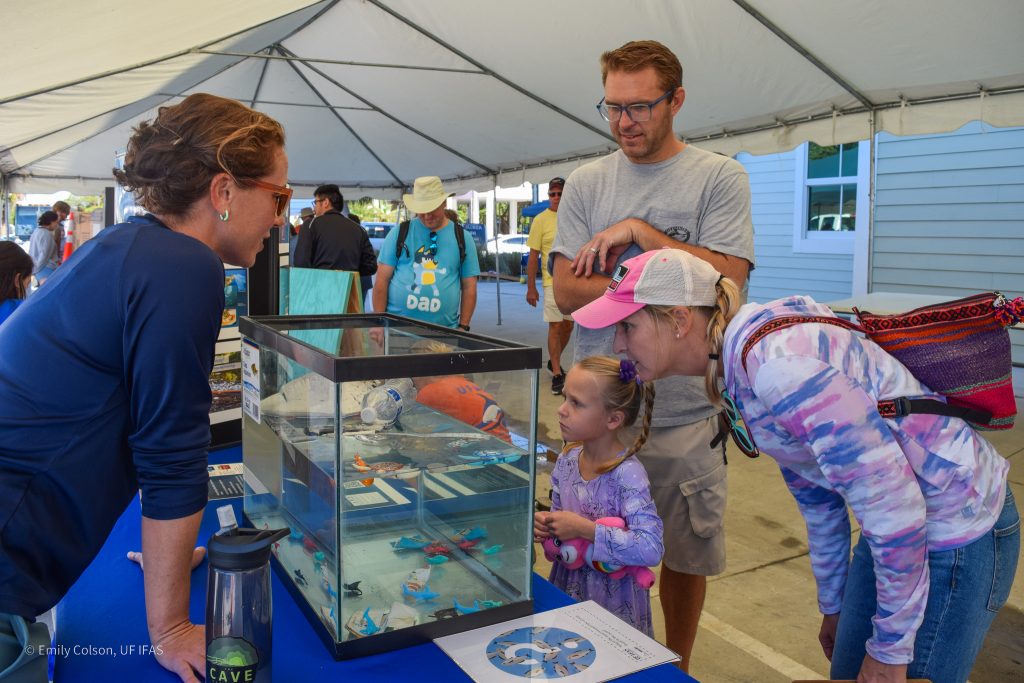
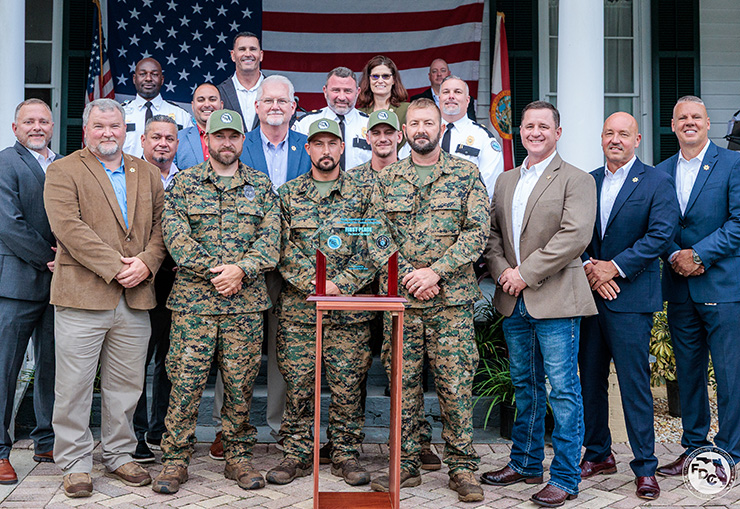

 K2 spans several decades and involves multiple scientists.
K2 spans several decades and involves multiple scientists.

